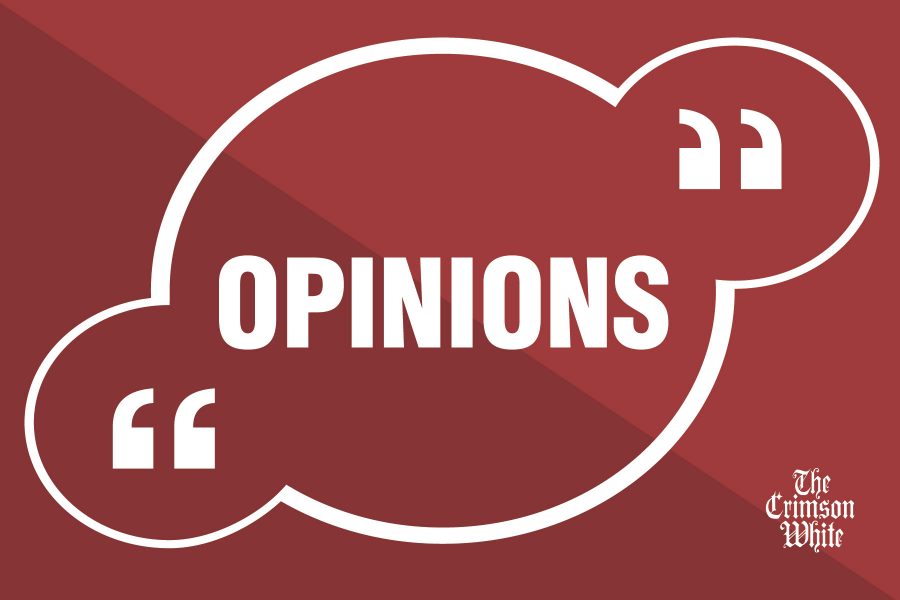According to Forbes Magazine, the US has nearly $1.3 trillion in outstanding student loan debt, spread among 44.2 million students. With numbers this astronomically large, calling this situation anything short of a crisis is doing a disservice to those affected by it.
Those familiar with this issue might recall politicians such as Bernie Sanders calling for education reform in order to provide free college for all Americans, and many people still feel that this is a good idea. This, however, is not the solution.
In a perfect world, all forms of education would be free, but this is simply not economically feasible. In order to accomplish this goal of free college, massive tax hikes would have to be imposed in order to cover both the current cost of college and the future increased cost that would be incurred due to the increased demand for this free education.
While tax hikes might not seem like a problem for college students, this would be a devastating blow to those middle class working families who are already struggling to get by. The simple solution to this would seem to be to tax the top 1 percent of earners in the US, but even with a tax rate of 50 percent, the current debt would barely be covered. This does not even take into consideration the inherent lack of equality that these wealthy people, who already shoulder a massive portion of the tax burden in America, currently experience.
The solution to this problem is to instead incentivize alternative educational and vocational paths. Not every person in America can afford college, nor should every person in America pursue a college education. With the rising cost of a college education, Americans should switch their focus from obtaining a degree to what is fiscally pragmatic. Alternatives to seeking higher education at a major university include community college, vocational school or simply entering the workforce.
Contrary to what society says, there is absolutely nothing wrong with not possessing a college degree, especially if the aforementioned degree would put you over $100,000 in debt after you graduate. There is a wide variety of jobs for those who choose not to go to college and these jobs often have some of the best job outlooks for the future. For instance, those who choose to go in to the construction field can expect a 10 percent increase in job outlook over the next 10 years.
None of this is to say that you should simply abandon any attempt at further educating yourself and simply become a blue collar worker because it will save you money in the short run. All this means is that it would be a far more financially intelligent decision to pursue a cheaper alternative like vocational school or to enter into the workforce immediately after high school while attending community college than to begin your adult life and career with an outrageous amount of debt that will most likely take a large portion of your life to pay off.
Regardless of your choice, it is important to remember that these student loans will have to be paid off in the future, either by yourself or by the American taxpayers, should you choose to default on the loan. So, think long and hard before you choose to make a financial decision that will impact you and others for the rest of your life.
Brett Hodges is a freshman majoring in finance. His column runs biweekly.






